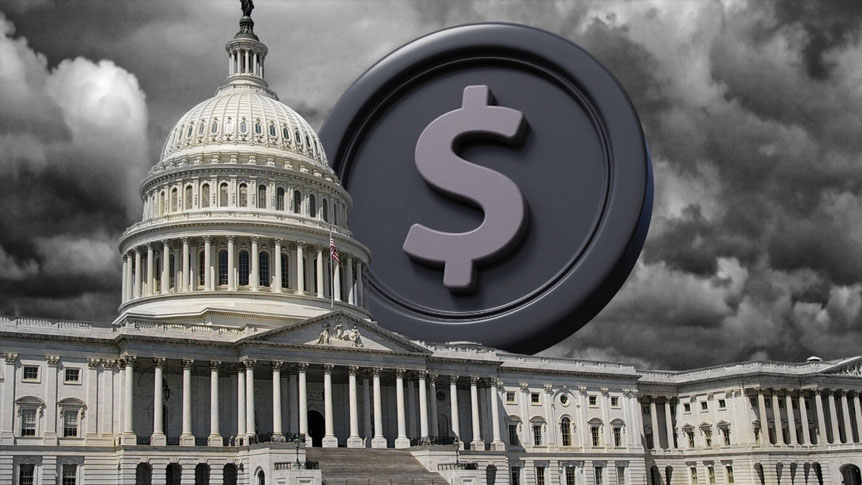In a historic move, the U.S. House of Representatives passed the Genius Act on Thursday, establishing the first federal regulatory framework for dollar-pegged stablecoins—a long-sought victory for the cryptocurrency industry. The bill, which now heads to President Trump for his expected signature, would mandate stablecoin issuers to maintain full backing in liquid assets like cash and Treasury bills while requiring monthly reserve disclosures. The legislation passed with strong bipartisan support (308-122), reflecting crypto’s growing political influence after the sector spent over $119 million backing pro-digital asset candidates in the 2024 elections.
Two Additional Crypto Bills Advance, Including CBDC Ban
Alongside the stablecoin bill, the House approved two other major digital asset measures: the Clarity Act, which outlines a comprehensive regulatory structure for cryptocurrencies, and a bill prohibiting the Federal Reserve from issuing a central bank digital currency (CBDC). Both will now move to the Senate, where their fate remains uncertain but signals mounting legislative momentum. “This is a defining moment for U.S. digital asset policy,” said Blockchain Association CEO Summer Mersinger, a former CFTC official.
Stablecoins: From Niche Tool to Mainstream Infrastructure?
Stablecoins—cryptocurrencies like Tether (USDT) and USD Coin (USDC) that maintain a 1:1 dollar peg—have become critical to crypto trading, enabling instant transfers between tokens. Proponents argue regulated stablecoins could revolutionize payments, but critics warn of risks if reserves aren’t transparent. The Genius Act directly addresses these concerns, requiring issuers to prove solvency and undergo federal oversight.
Political Shift as Crypto Goes Bipartisan
The lopsided House vote underscores crypto’s success in framing itself as a cross-aisle issue, with Democrats joining Republicans to support the bills. The industry’s heavy election spending and lobbying efforts appear to have paid off, though Senate approval remains the next hurdle. If enacted, the laws could legitimize stablecoins as a financial tool while curtailing the Fed’s CBDC ambitions—a trade-off that reflects Washington’s evolving stance on blockchain technology.














